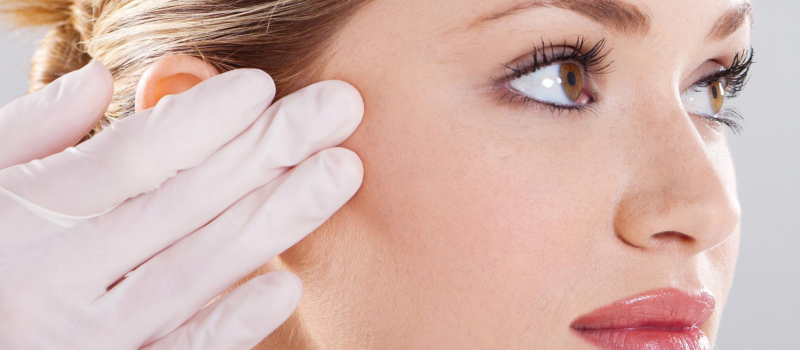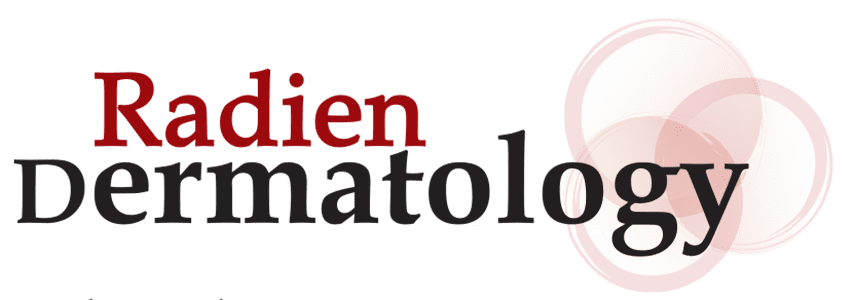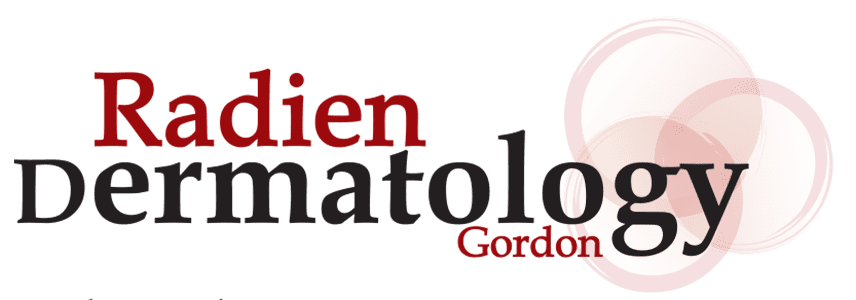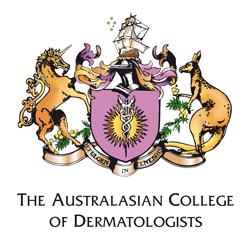
Different wounds require different types of care. Once surgery is performed at Radien Dermatology Gordon, patients are issued with a post-operative care instruction sheet.
Should there be any post-operative bleeding, direct pressure on the wound with a hand towel for up to ten minutes should control the oozing. Pain relief may be necessary on complex or tight wounds, paracetamol is appropriate and should be taken as directed. High dose aspirin or non-steroidal anti-inflammatory drugs should be avoided. Heat and tenderness may indicate a wound infection, and the patient should attend the practice for a review for antibiotics.
Excisions. Most excision wounds will have two layers of dressings. The outer one typically is a plaster/bandage with a wad of gauze. This layer provides pressure control and absorbs any ooze that comes through. It can be removed after 24 hours. The underlying ‘mesh’ dressing overlies the surgical wound directly. It is perforated to allow blood to flow through to the gauze. This layer should stay intact, even if it looks soiled with blood. Patients may shower and get the mesh wet; it needs pat-drying. This mesh layer should not be disturbed at all, and should be removed by the doctor or nurse at our practice, as part of the removal of suture process. No specific cleansing by the patient is required.
Curettage. All curettage wounds are open and will form a dry crust. Patients are encouraged to wash the area gently in the shower to remove surface bacteria. Not specific cleansing is required. Once the area is patted dry, then an antiseptic cream or ointment may be applied and a simple plaster/band-aid used to cover the wound. The scab will lift off after several weeks of daily dressings.
If there is any concern post-operatively, patients should contact the practice immediately.


